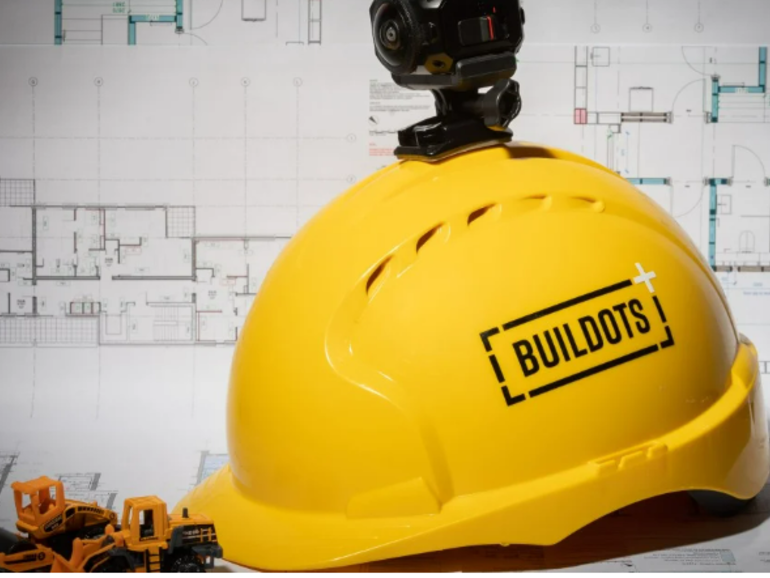It seems inevitable that robots will have a big role in the construction industry, but until these machines can automatically prioritize tasks, project managers will still need to manually assess and appraise how the project is progressing.
However, the construction industry’s productivity has trailed that of other sectors for decades, and there is a $1.6 trillion opportunity to close the gap, according to a McKinsey report.
AI and deep learning can make robotics useful across the construction industry. Now, Israel-based AI startup Buildots has been taking its first steps to make this happen.
Buildots attaches 360-degree cameras onto project managers’ hardhats to collect footage inside the construction site and analyze the data.
On a typical site, there are tens of thousands of different construction activities. Tasks can be as small as installing a door handle, or as big as laying a brick wall.
A project manager — who wants to validate that a room is progressing as planned — needs to open multiple designs, a schedule file, and start measuring positions and verifying progress for each of the tasks. This can lead to some areas being checked only once, instead of on an on-going basis.
The Buildots platform creates the construction control room, by automatically the data captured using the cameras, and compares it to the designs and project schedule.
It analyzes every electrical outlet, wall, or window, separately to determine its exact state relative to that expected on the plans. The comparison delivers a view of the design plan, flagging problems that can be solved, and accurately tracking progress.
Deep learning models and algorithms such as the AI-based image stabilization engine, person data removal which removes people, phone/tablet screens, and paper notes and status classification can transform the visual data into insights.
Although humans can naturally analyze the layout of the space and see what still needs to be done, replacing that with technology requires high-end imaging devices and complex algorithms.
During the build of its AI architecture, the company noticed that in a typical apartment, there would usually be over 50 electrical outlets. This means that after building a few floors, there would easily be a thousand different outlets installed.
As those outlets are now captured a few times a week, using a hard hat camera, the outlet is captured from multiple angles, meaning hundreds of thousands of different images of those outlets.
In most cases, those same outlet types would be installed on every other floor in the building, often in the same location. The data from the first few weeks shows a thousand different physical instances, from hundreds of different angles, in different light conditions.
While data is collected, the models are constantly retrained and are overfitted for that specific project, allowing extremely high precision levels within that project.
The platform provides a general awareness that can be used to integrate other technologies like robotics into construction plans without having to spend time and resources directing them.
More accuracy will lead to greater productivity and cost savings — and that could only be a good thing — no matter what industry it happens to be.



